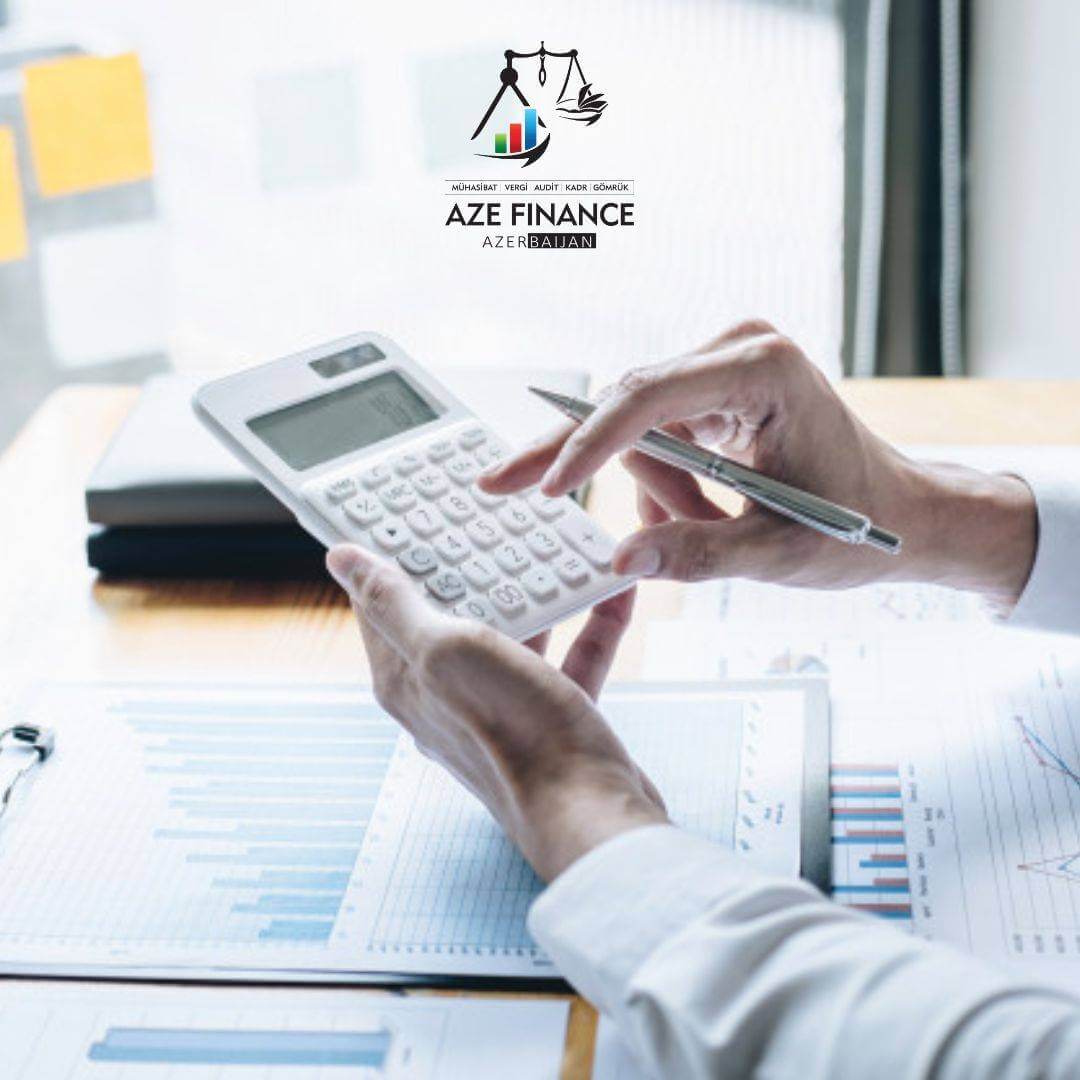Vergi mükellefinin ticari işletme kaydı
Vergi mükellefinin ticari işletme kaydı

According to Article 34.3-1 of the Tax Code, if a taxpayer's business entity (facility) is located outside the registered address, that business entity must be separately registered. In this case, the taxpayer is re-registered at the address where the business entity is located.
These rules are explained by specialist Nahid Ibrahim:
If a taxpayer has two or more business entities (facilities), they must be re-registered at the address where their center of economic interests is located. The center of economic interests is usually determined as the place where the taxpayer's main management functions are carried out or where the primary sources of income are concentrated.
Let’s look at the following examples to better understand the application of Article 34.3-1 of the Tax Code.
Single business entity
Example 1: "XX" LLC is registered in the city of Sheki, where its main office is also located. The company opens a new store in the city of Masalli. In this case, the store in Masalli is considered a business entity, and according to Article 34.3-1 of the Tax Code, the store must be separately registered in Masalli.
Two or more business entities
Example 2: "X-1" JSC is registered in the city of Baku, where its main office is also located. The company opens branches in both Sheki and Masalli. Since the JSC has two business entities, according to Article 34.3-1 of the Tax Code, the company must be re-registered at the address of its center of economic interests. If the company's main management functions or primary sources of income are concentrated in Baku, then Baku is considered the center of economic interests, and the company is re-registered at that address.
These requirements allow tax authorities to more accurately monitor and control taxpayers' activities. Taxpayers, in turn, must strictly follow registration procedures and submit relevant information in accordance with legal requirements and on time.

According to Article 34.3-1 of the Tax Code, if a taxpayer's business entity (facility) is located outside the registered address, that business entity must be separately registered. In this case, the taxpayer is re-registered at the address where the business entity is located.
These rules are explained by specialist Nahid Ibrahim:
If a taxpayer has two or more business entities (facilities), they must be re-registered at the address where their center of economic interests is located. The center of economic interests is usually determined as the place where the taxpayer's main management functions are carried out or where the primary sources of income are concentrated.
Let’s look at the following examples to better understand the application of Article 34.3-1 of the Tax Code.
Single business entity
Example 1: "XX" LLC is registered in the city of Sheki, where its main office is also located. The company opens a new store in the city of Masalli. In this case, the store in Masalli is considered a business entity, and according to Article 34.3-1 of the Tax Code, the store must be separately registered in Masalli.
Two or more business entities
Example 2: "X-1" JSC is registered in the city of Baku, where its main office is also located. The company opens branches in both Sheki and Masalli. Since the JSC has two business entities, according to Article 34.3-1 of the Tax Code, the company must be re-registered at the address of its center of economic interests. If the company's main management functions or primary sources of income are concentrated in Baku, then Baku is considered the center of economic interests, and the company is re-registered at that address.
These requirements allow tax authorities to more accurately monitor and control taxpayers' activities. Taxpayers, in turn, must strictly follow registration procedures and submit relevant information in accordance with legal requirements and on time.


